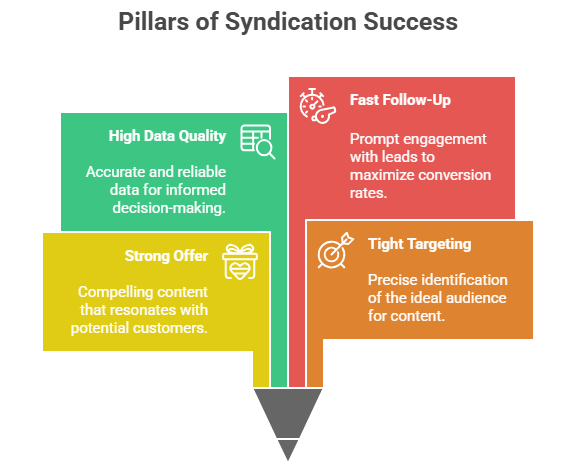
You have a hidden superpower, and you might be surprised how often you use it. Remember that dress that was blue and black (or was it white and gold)? Maybe you used it when you read a graph or saw an Impressionist painting at the museum. If you look very closely at the screen on which you’re reading these words right now, you’re using it again.
We’re talking about your amazing ability to discern patterns and derive meaning from them. Optical illusions such as the infamous dress work because we switch between two different but equally likely meanings, based on how we perceive the ambient light in the image. Pixelated screens and Impressionist paintings may be composed of small pieces that carry little information individually, but our brains can interpret them as richly complex pictures of water lilies or ballerinas.
As brilliant as it is, your marketing database doesn’t have your powers of interpretation unless you and your database manager work together to teach it how to see the bigger picture.
Machine Learning
Conventional “smart” systems weren’t really all that bright; they were just very quick. A chess-playing computer, for example, could use brute force to play its way through every permutation of pieces on the board in tiny fractions of a second before choosing the best outcome, but it couldn’t learn from past games how to be a better player. That’s changed, and marketing databases can now learn from the input they receive.
For example, your database tracks geographical locations of visitors, and it also records sales histories. It isn’t too far a leap to teach the system how to correlate distance from your location and sales readiness. What database management can do is add new relational layers. How do those figures linking location and sales change if you look at only the ZIP codes that have a high percentage of industrial or commercial zoning?
What if you incorporate behavioral data into the mix and look for companies near you that have downloaded your latest white paper, and then you overlay that with sales data to assess the effectiveness of your content marketing strategy? When you reach this level of machine learning, you’re using your software not only as data storage, but also as a sensitive measuring instrument that gives you deep insight into your audience.
Seeing with New Eyes
Before you can teach a database how to see, you first need to give it the necessary vision. Centralizing data and removing silo walls that compartmentalized it allows your marketing database to work with more information. With a wider palette of colors from which to choose, the software can also paint a more vivid and true-to-life picture for you and your database manager to interpret. Analytics are only as good as the data that comprise them, so machine learning directly affects the information from which you’ll draw marketing insights.
Database managers are far more than custodians of information. They’re active participants in teaching your system how to see more like a human and enhance your team’s own superpower of pattern recognition.
© Reach Marketing LLC 2017 All Rights Reserved.



